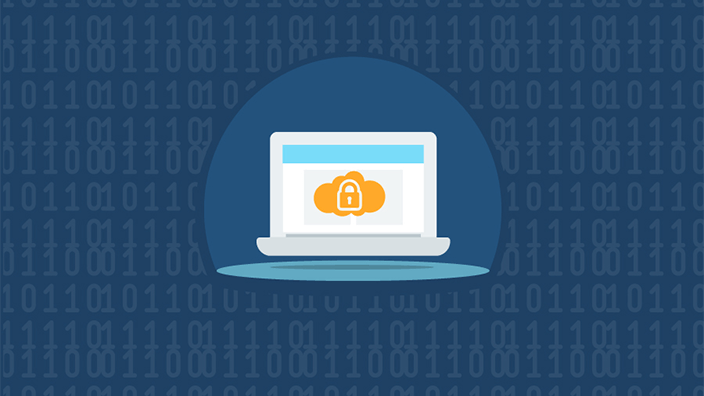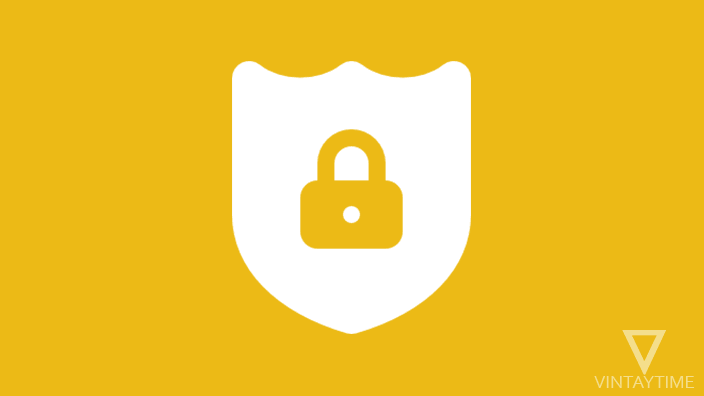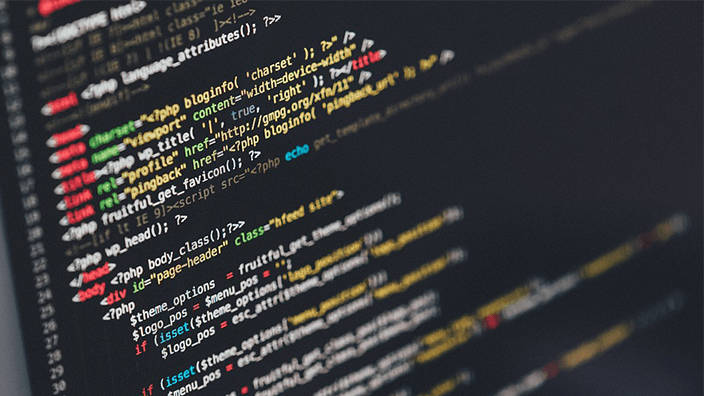In the present interconnected world, where mobile applications have turned into an essential piece of our day-to-day routines, ensuring app security is of fundamental significance. The dramatic development of mobile app usage has likewise brought about a disturbing expansion in cyber threats. Therefore, app developers and users the same should go to proactive lengths to reinforce application security. In this comprehensive guide, we will dig into different tips and best practices to enhance app security and safeguard your data and privacy.

- Regularly Update Your Apps: One of the easiest yet frequently neglected ways of helping app security is by ensuring that all your mobile applications are exceptional. Developers often discharge updates to fix weaknesses and further develop security. Ignoring updates can leave your apps exposed to known threats. Consequently, it’s essential to empower programmed updates or occasionally check for updates in your app store.
- Implement Strong Authentication: Authentication is the guard to your app’s data and usefulness. To enhance security, consider implementing multi-factor authentication (MFA) whenever the situation allows. MFA adds a layer of protection by expecting users to give at least two authentication factors, for example, a secret phrase and a finger impression or a one-time code.
- Encrypt Data Transmission: Data sent between your app and servers ought to constantly be encrypted. Implement secure communication protocols like HTTPS to shield delicate data from listening in. Encryption guarantees that regardless of whether data is captured, it stays ambiguous to unapproved parties.
- Secure Data Storage: The way your app stores data locally on a gadget can influence security. Guarantee that touchy data, like user qualifications or installment data, is put away in an encrypted design. Utilize secure storage components given by the working framework or stage to safeguard this data from malevolent access.
- Code Review and Testing: Completely review and test your app’s code for weaknesses. This incorporates both static code examination to recognize likely issues before the organization and dynamic testing to survey how the app acts in certifiable situations. Apparatuses and rehearses like entrance testing and code examining can help recognize and fix weaknesses from the get-go in the improvement process.
- User Permissions and Privacy: Solicitation just the essential permissions from users. Be straightforward about why you want these permissions and how you will utilize the data. Limiting permissions limits the assault surface and guarantees that user data is dealt with dependably.
- Continuous Monitoring and Incident Response: Implement a powerful monitoring framework to identify and answer security incidents progressively. Having an incident response plan set up limits the effect of security breaks and empowers you to quickly address weaknesses as they emerge.
- Educate Users: User mindfulness is a basic part of mobile application security. Educate your users about safe practices, for example, not sharing passwords, being wary of phishing endeavors, and regularly reviewing app permissions. Informed users are bound to go to proactive lengths to safeguard their data.
- Secure Backend Services: While a large part of the emphasis is on getting the app itself, don’t neglect the security of the backend services that your app depends on. Guarantee that your servers and databases are arranged with strong security measures, including firewalls, interruption location frameworks, and regular security audits.
- User Input Validation: Clean and approve user inputs to forestall normal security issues like SQL infusion and cross-site prearranging (XSS) assaults. All user-generated data ought to be treated as possibly malevolent until some other compelling proof is presented. Implement input validation components to sift through unsafe data.
- Rate Limiting and Brute Force Protection: Implement rate limiting to safeguard against brute force assaults on authentication frameworks. Limiting the number of login endeavors per user or IP address can obstruct assailants attempting to figure out passwords or gain unapproved access.
- Secure APIs: If your app speaks with outer APIs, guarantee that the associations are secure and that the Programming interface endpoints are appropriately verified and approved. Programming interface security is basic, as weaknesses here can uncover delicate data or usefulness to aggressors.
- Regular Security Training for Developers: Put resources into continuous security training for your improvement group. Security threats advance continuously, and developers need to remain updated on the most recent strategies and best practices for secure coding. Educated developers are better prepared to compose secure code.
- Dependency Management: Screen and oversee outsider libraries and conditions regularly. Weaknesses in these conditions can be taken advantage of by aggressors. Use instruments to computerize weakness filtering of your conditions and keep them updated.
- Secure Data Transmission: While sending data between the app and servers, consider utilizing testament sticking to guarantee that communication happens just with confided-in servers. This forestalls man-in-the-center assaults where an aggressor blocks and adjusts data during transmission.
- Error Handling and Logging: Implement legitimate error handling and logging components in your app. Error messages ought to uncover insignificant data to keep possible assailants from acquiring experiences into your framework’s weaknesses.
- Regular Security Audits: Lead regular security audits and evaluations of your app. These audits can recognize security shortcomings that might have been missed during advancement. Connecting with outsider security specialists can give an objective assessment of your app’s security power.
- Data Backups and Disaster Recovery: Implement hearty data reinforcement and disaster recovery plans. In case of a security break or data misfortune, having backups guarantees that you can rapidly reestablish data and limit margin time.
- Compliance with Data Protection Laws: Comply with data protection laws and guidelines pertinent to your app’s main interest group. This incorporates compliance with GDPR, HIPAA, or other applicable guidelines, contingent upon the idea of the data your app handles.
Conclusion: In a period where mobile apps assume a vital part in our lives, app security is non-debatable. By following the tips and best practices illustrated in this guide, you can fundamentally enhance the security of your mobile applications. Recollect that security is a continuous process, and remaining watchful is critical to protecting your apps and users from arising threats. Safeguarding your app implies safeguarding user trust and ensuring the respectability of your computerized contributions in a consistently developing scene of cybersecurity challenges.




